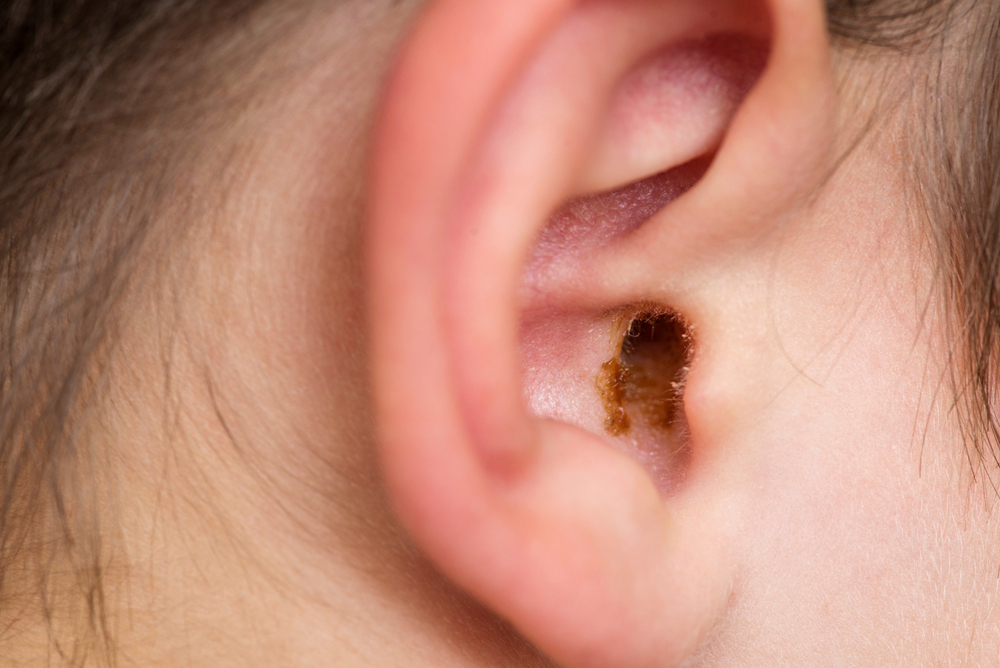
Chances are, earwax and its buildup haven’t been subjects of significant consideration for you, except perhaps during ear hygiene sessions. However, understanding what causes earwax, how it develops, and its purpose is essential.
So why does earwax accumulate?
Earwax, also technically called cerumen, is composed of a combination of sweat, skin particles, hair, debris, and ceruminous gland secretions. This earwax presents with a waxy consistency and can exhibit shades of orange, yellow, gray, or brown.
While the production amount of earwax differs from individual to individual, adults usually generate less earwax than kids. Children also typically have softer earwax that’s lighter in color than adults.
Earwax gets discharged or washed out after passing the outer ear canal and reaching the opening of the ear.
Why is earwax essential?
Here are some essential functions that earwax serves:
- Helping counter ear infections.
- Safeguarding and lubricating the skin lining the ear canal, thus preventing dryness and itchiness.
- Before things like dust, dirt, or other external debris go further up into the ear canal, earwax acts as a barrier.
Obstructions caused by earwax
Typically, there’s no imperative need to clean out earwax from your ears unless it becomes impacted, a prevalent issue linked to earwax. In some cases, earwax is unable to easily get to the opening of the ear as a result of narrow or abnormally shaped ear canals.
Wax can be accidentally pushed up into the ear canal by utilizing improper cleaning practices like using cotton swabs.
People wrestling with hearing loss who use earplugs or hearing aids are also predisposed to experiencing ear canal blockages.
How too much earwax can affect hearing
Auditory health might be impeded and you might feel slight discomfort.
Additionally, substantial buildup of earwax can trigger tinnitus, a feeling of ringing in the ears.
Neglected earwax obstructions may escalate into middle ear infections, perforated eardrums, or enduring hearing loss due to acoustic trauma.
Addressing impacted earwax
If you think you have an earwax blockage, consulting us immediately is essential. Depending on the severity of the obstruction, you might be advised to make use of over-the-counter wax softening drops or a bulb syringe for gentle irrigation to alleviate the condition.
Give us a call right away if you need some help with an earwax obstruction.
[blogcta]
